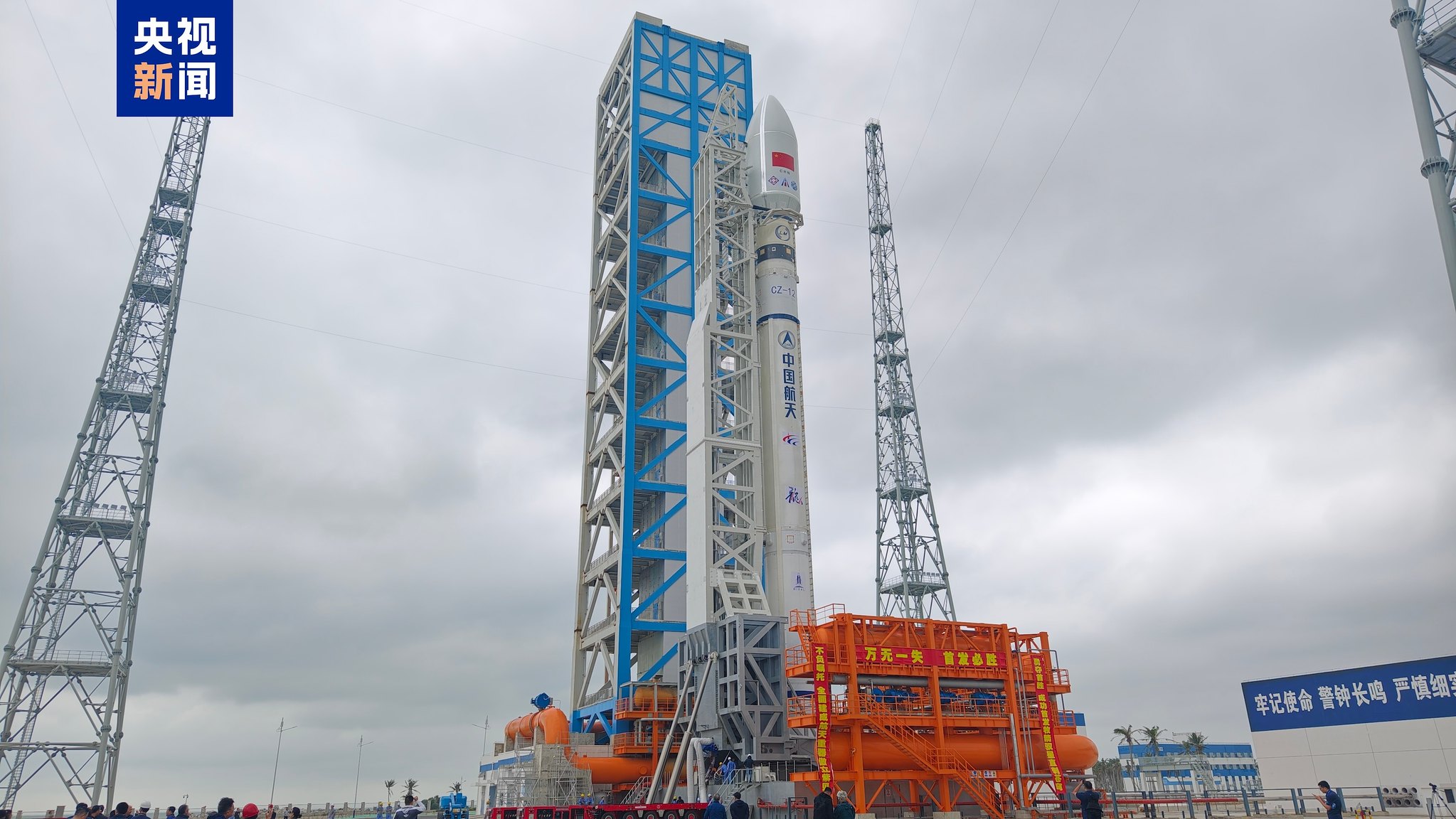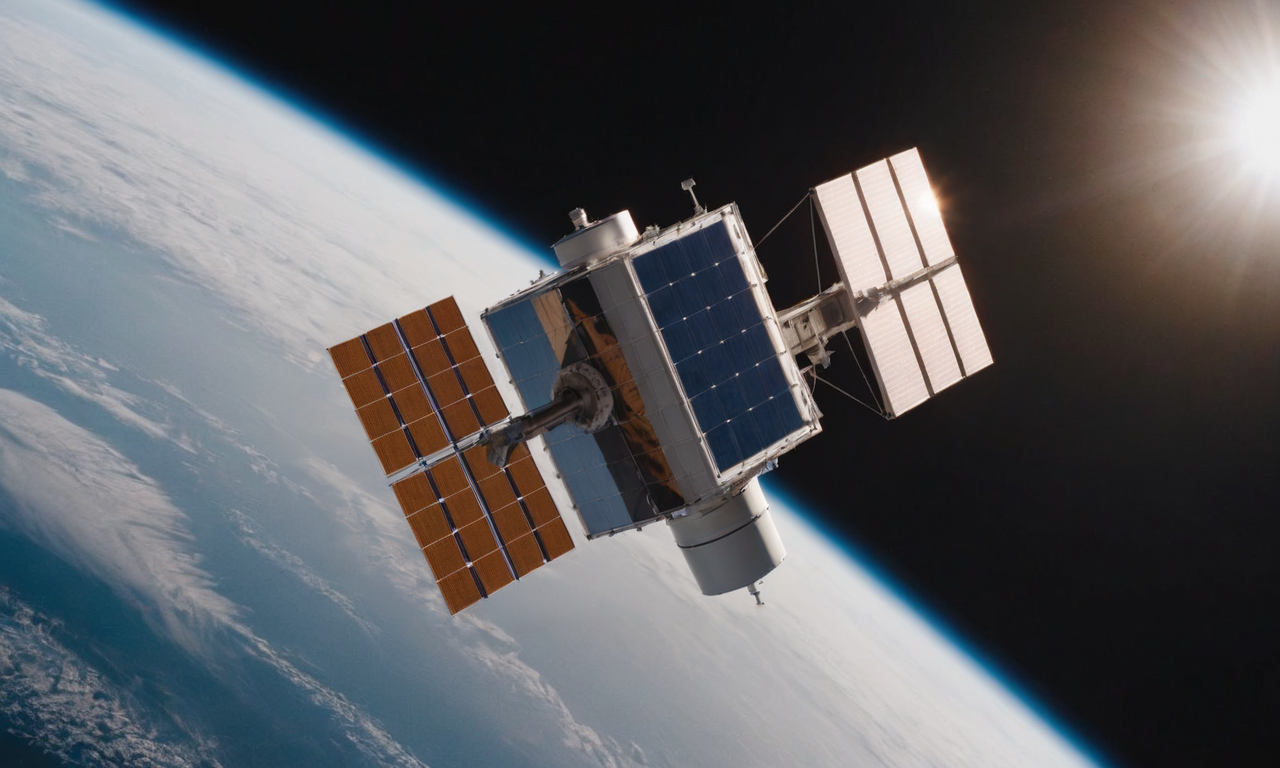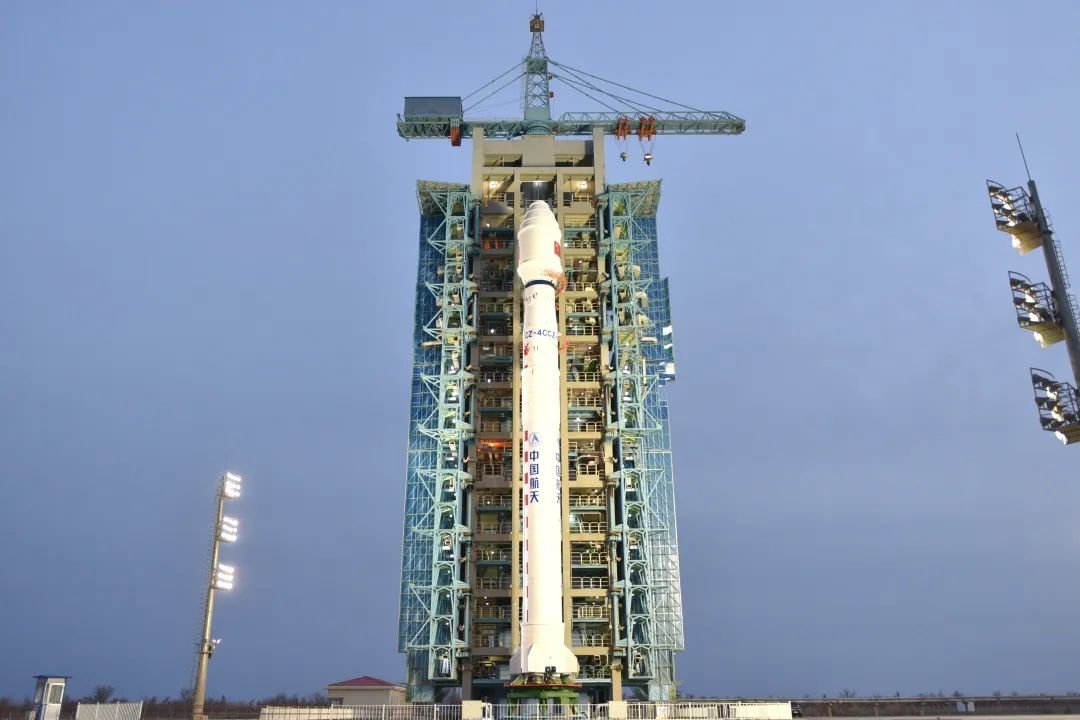· space brief · 5 min read
Space Brief 1 Feb 2025
Today's brief covers advances in satellite docking technology, challenges faced by space companies with government navigation, and China's leap in space autonomy through AI developments.

📄Top Stories
Today’s top stories highlight significant advancements in technology by commercial space companies which are facing hurdles with governmental navigation. Additionally, China’s DeepSeek AI showcases a promising future for autonomous space capabilities, potentially reshaping satellite operations.
📰Detailed Coverage
Space Companies Navigate Complex Defense Contracts
While space companies are pioneering technologies like autonomous satellite docking, they face difficulties when it comes to engaging with complex government contracts. This challenge lies not so much in the technical hurdles but in the navigation of bureaucratic processes, especially when dealing with the Pentagon.
This transition of technological capabilities from lab to field is the current battleground for many companies eyeing defense contracts. Understanding these procedures is crucial for future collaborations that aim to integrate cutting-edge satellite technologies into military operations.
Read the full story: SpaceNews
China’s DeepSeek AI Promises New Paths to Space Autonomy
DeepSeek, an artificial intelligence technology emerging from China, signals a major leap forward in achieving autonomy in space activities. Designed to streamline operations beyond Earth’s atmosphere, DeepSeek is expected to provide enhanced decision-making capabilities for satellites and other space assets.
With the potential to revolutionize how space missions are conducted, DeepSeek could significantly impact satellite tracking and monitoring. This introduces the possibility of more efficient operations that are self-governed by AI, a shift that our web app is well-equipped to track and analyze.
Read the full story: SpaceNews
UK Royal Navy Admiral On Pacific Islands’ Geopolitical Choices
Amidst global geopolitical tensions, a UK Royal Navy Admiral has emphasized the importance of not forcing Pacific Island nations to choose sides between Western nations and China. This highlights the intertwined nature of global trade and the diplomatic strategies involved in satellite deployment and communication networks.
This perspective underscores the complex dynamics between diplomatic relations and the strategic placement of satellites, reflecting the broader implications on global satellite tracking and international collaborations.
Read the full story: Breaking Defense
Lebanese Military Funding Delayed Amidst Financial Holds
The Lebanese forces are facing delays in military funding due to paused foreign military financing, which poses challenges for ongoing and future satellite-enabled military operations. The financial hold has left Lebanese defense policies searching for alternative support.
This stagnation could impact the logistics of deploying and maintaining satellite networks crucial for national security and defense strategy, which are often supported by such funding avenues.
Read the full story: Breaking Defense
U.S. Army Exploring New Self-Propelled Howitzers
In an effort to modernize artillery capabilities, the U.S. Army is embarking on an international assessment of self-propelled howitzers, which could bring advanced satellite-guided targeting systems into play by 2030. This step highlights the increasing importance of satellite data in enhancing the precision of military operations.
Satellite-enabled systems in military equipment represent a growing trend towards leveraging orbital assets for tactical superiority and strategic operations.
Read the full story: Breaking Defense
🛰️Satellite Spotlight
- Satellite Name: ONEWEB-0143
- NORAD ID: 47289
- Launch Date: 2020-12-18
- Mission: Communication
- Orbit: Inclination: 87.8844°, Period: 109.72 minutes, Eccentricity: 0.0001905
- Operator: ONEWEB
- Fun Fact: ONEWEB-0143 is part of OneWeb’s ambitious project to provide global internet coverage through a constellation of satellites.
Current TLE Data:
1 47289U 20100AH 25031.44881088 .00000463 00000+0 12520-2 0 9999
2 47289 87.8844 90.5603 0001905 100.3325 259.8019 13.12444335198836
Track this satellite in real-time on our web app: Track ONEWEB-0143
🚀Upcoming Space Launches
February 1
- SpaceX Falcon 9:
- Starlink Group 11-4 from Vandenberg Space Force Base, California, USA (23:02 UTC) A batch of 22 satellites for the Starlink mega-constellation - SpaceX’s project for space-based Internet communication system.
February 2
- Mitsubishi Heavy Industries H3-22:
- Michibiki 6 (QZS-6) from Tanegashima Space Center, Japan (08:30 UTC) The mission is part of the Quasi Zenith Satellite System, a Japanese navigation system offering GPS-interoperable signals.
February 3
-
SpaceX Falcon 9:
- Starlink Group 12-3 from Cape Canaveral Space Force Station, Florida, USA (08:54 UTC) A batch of 21 satellites for the Starlink mega-constellation - SpaceX’s project for space-based Internet communication system.
-
Rocket Lab Electron:
- IoT 4 You and Me (Kinéis 16-20) from Rocket Lab Launch Complex 1, Mahia Peninsula, New Zealand (20:43 UTC) Fourth batch of five satellites for the French Kinéis IoT constellation aimed at operating with 25 nanosatellites.
-
SpaceX Falcon 9:
- WorldView Legion 5 & 6 from Kennedy Space Center, Florida, USA (23:32 UTC) Earth observation satellites offering 30 cm-class resolution, part of the WorldView Legion constellation by Maxar.
February 4
- Blue Origin New Shepard:
- NS-29 from Corn Ranch, Van Horn, Texas, USA (15:30 UTC) The mission will simulate the Moon’s gravity and fly 30 payloads focused on testing lunar-related technologies.
February 5
- Russian Space Forces Soyuz 2.1v/Volga:
- Kosmos (Unknown Payload) from Plesetsk Cosmodrome, Russian Federation (03:00 UTC) A classified satellite mission for the Russian military.
February 7
- SpaceX Falcon 9:
- Starlink Group 12-9 from Cape Canaveral Space Force Station, Florida, USA (18:50 UTC) A batch of satellites for the Starlink mega-constellation - SpaceX’s project for space-based Internet communication system.
February 11
- China Aerospace Science and Technology Corporation Long March 8A:
- Demo Flight from Wenchang Space Launch Site, People’s Republic of China (09:53 UTC) Demonstration flight with upgraded rocket stages, payload to be determined.
February 26
- SpaceX Falcon 9:
- Lunar Trailblazer & Nova-C IM-2 from Kennedy Space Center, Florida, USA (00:00 UTC) The mission will carry the Nova-C lunar lander with NASA’s PRIME-1 payload for in-situ resource utilization on the Moon.
Note: Launch dates and times are subject to change due to technical or weather considerations.

Maurice Stellarski




